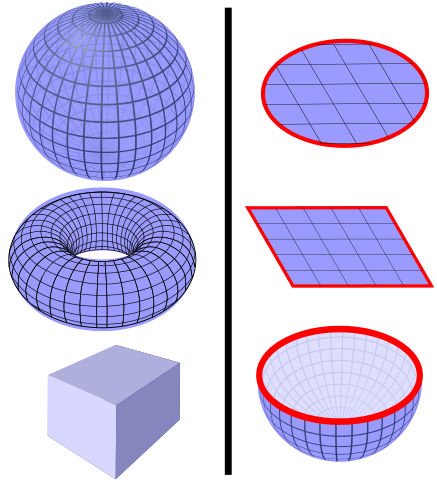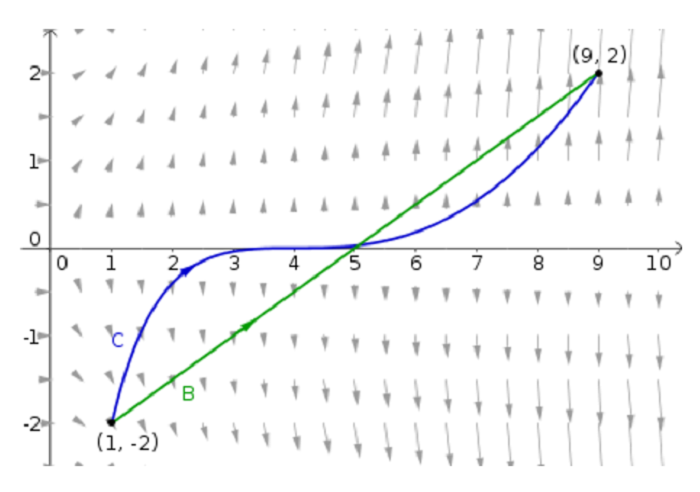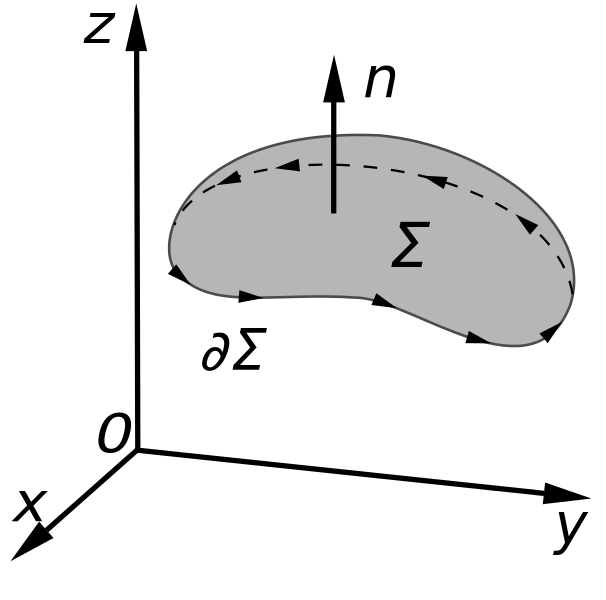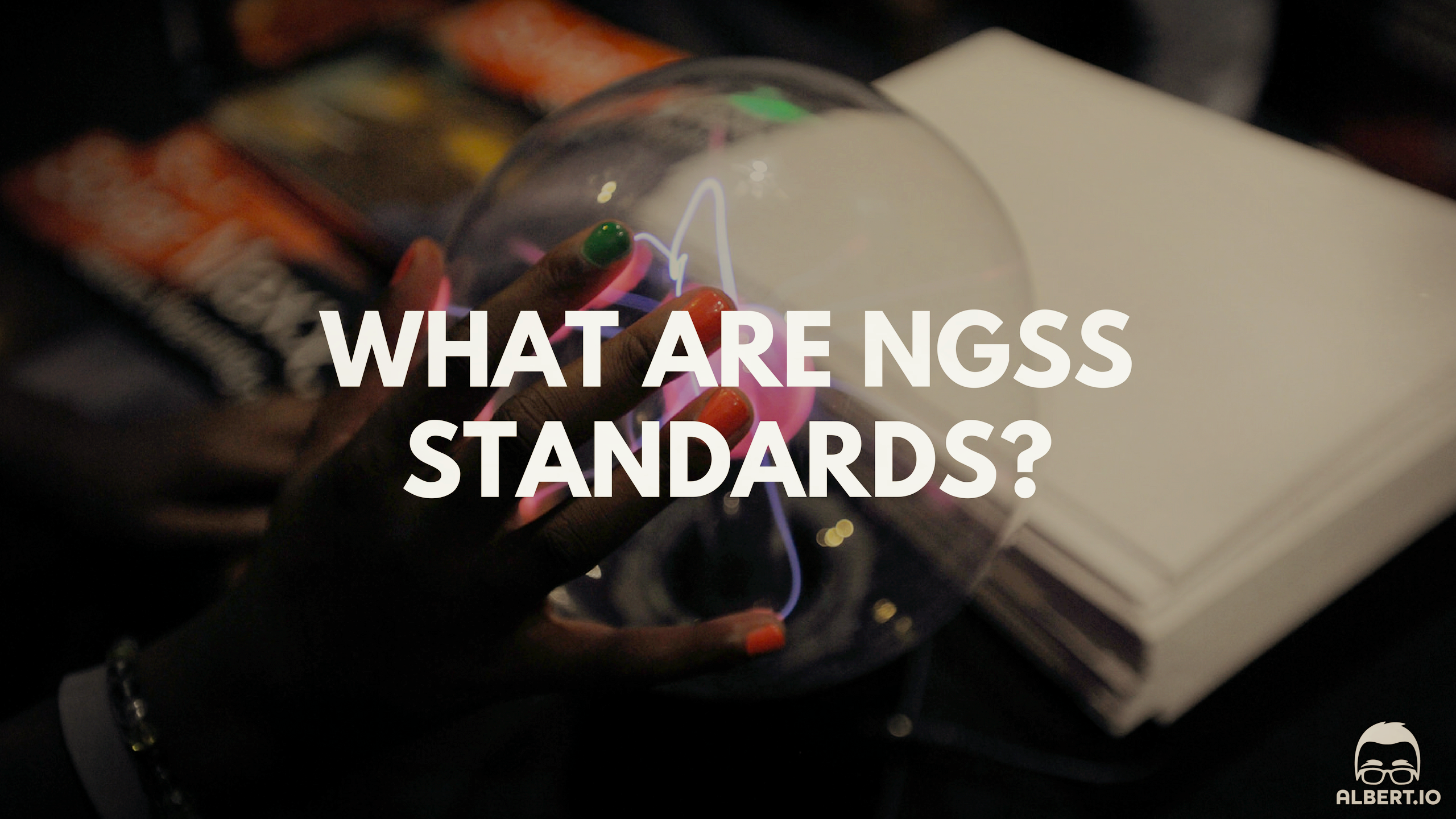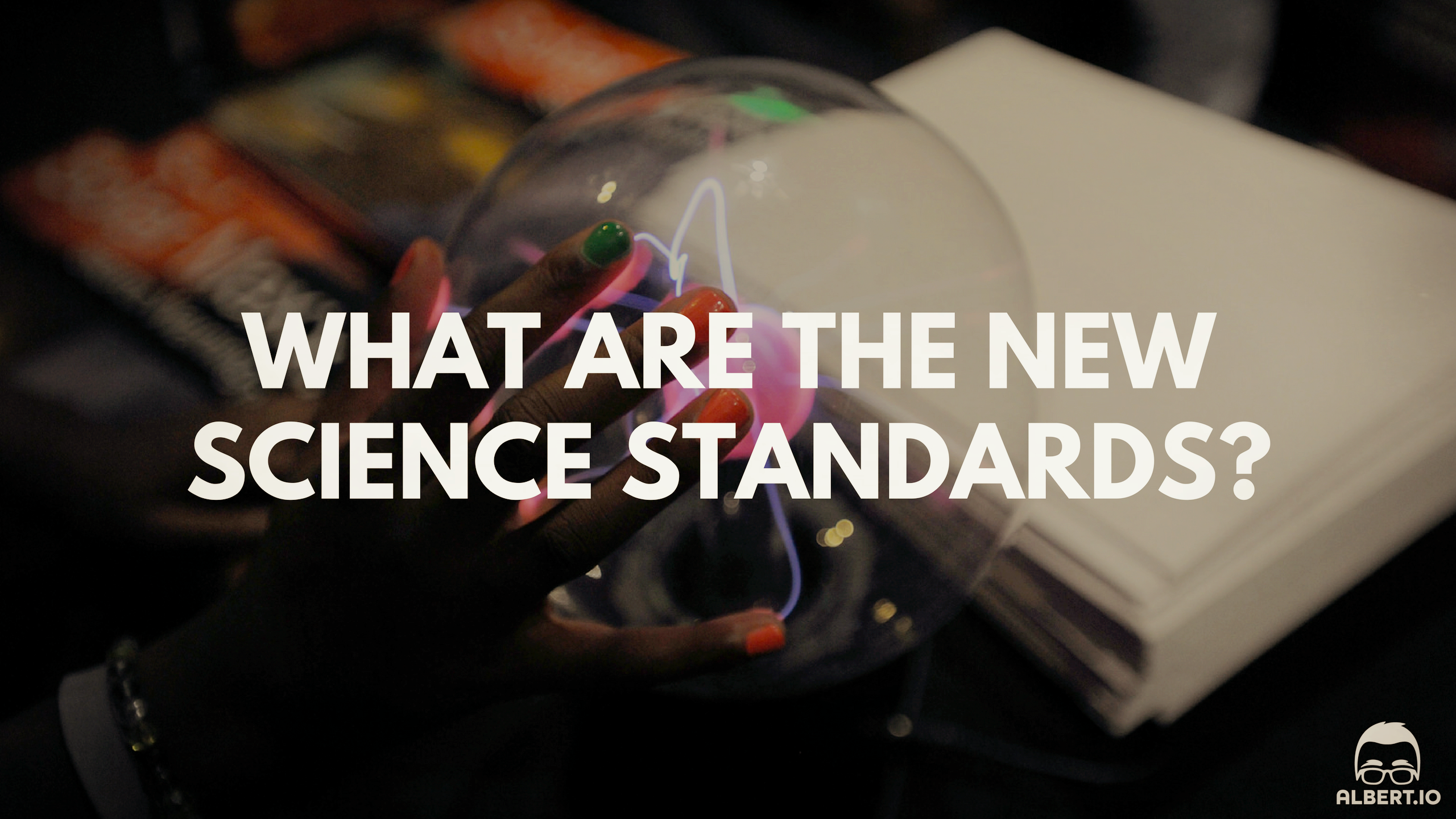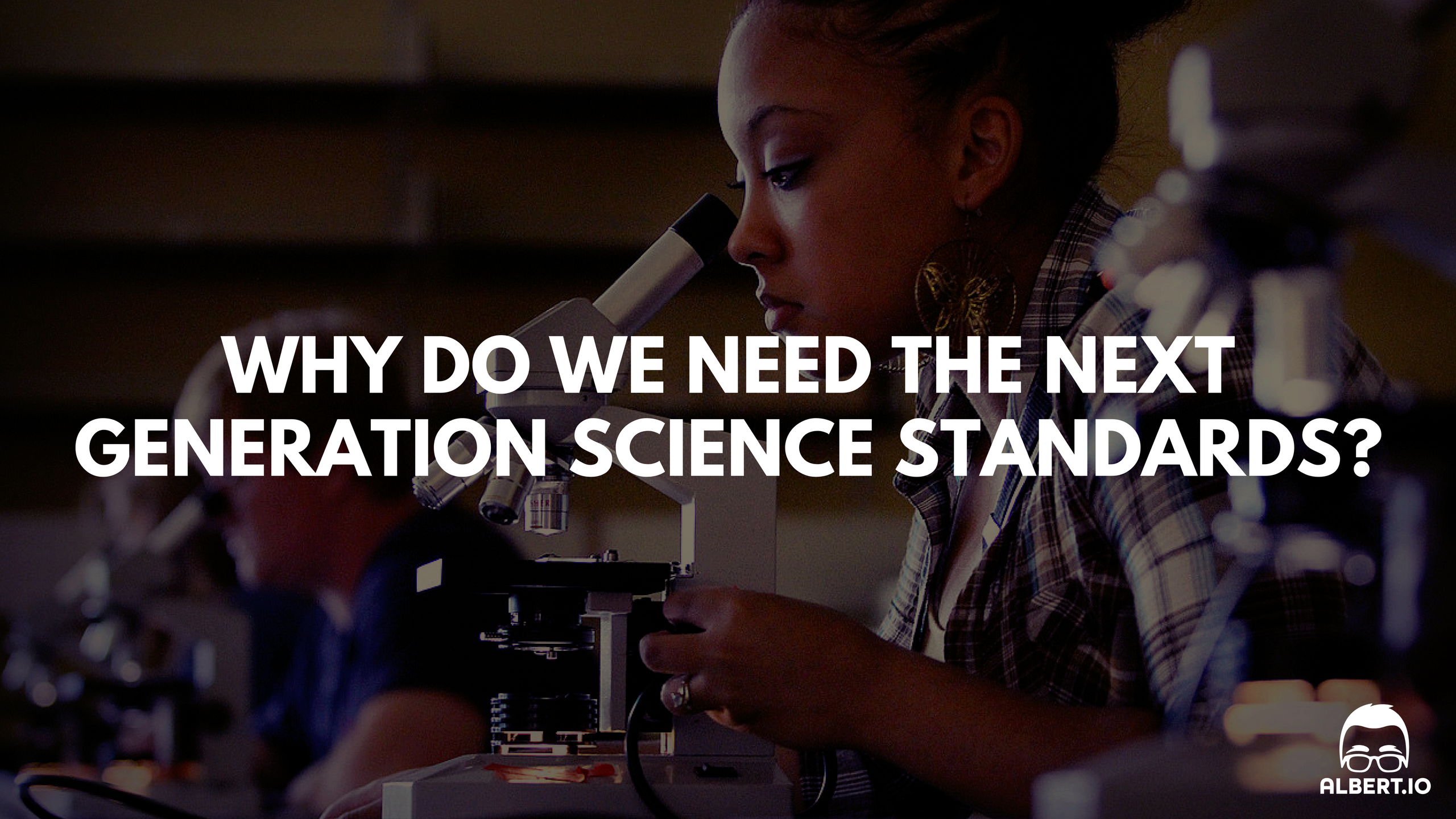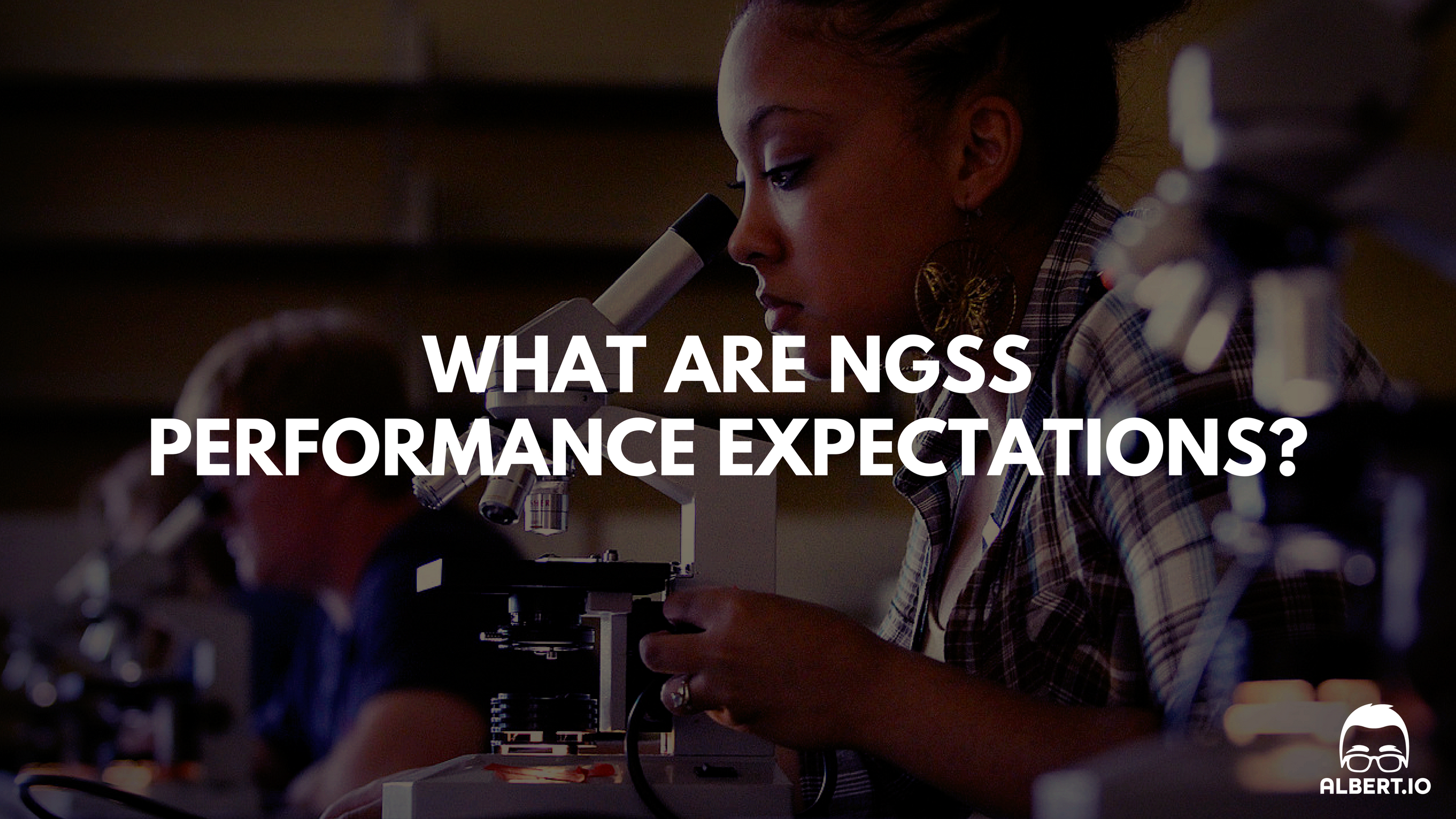What to Know about Eigenvalues and Eigenvectors
In these eigenvalues and eigenvectors notes, we’ll review some results from linear algebra that are important for studying differential equations. Here, you will find the definitions and methods for finding eigenvalues and eigenvectors. We’ll also review some basic facts about systems of linear differential equations with constant coefficients


